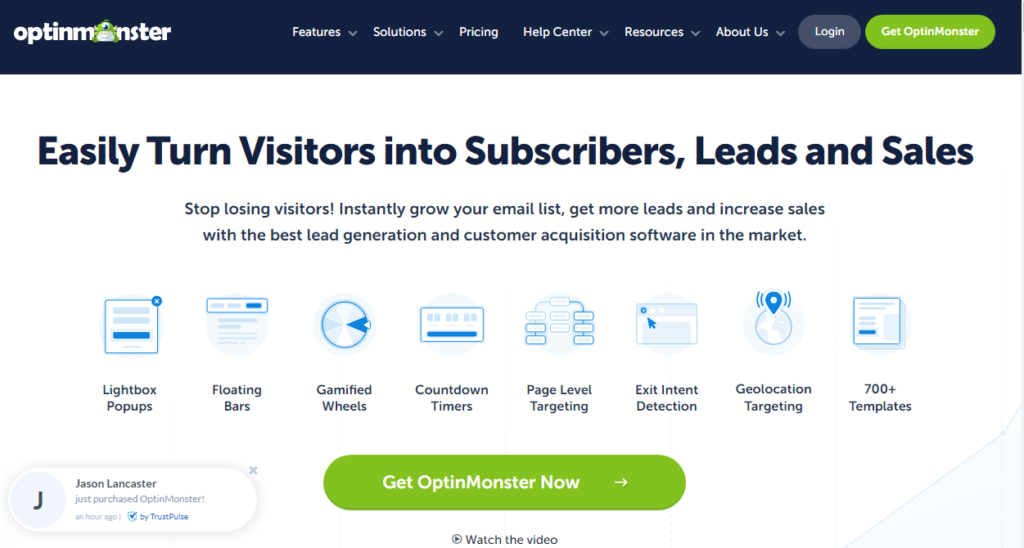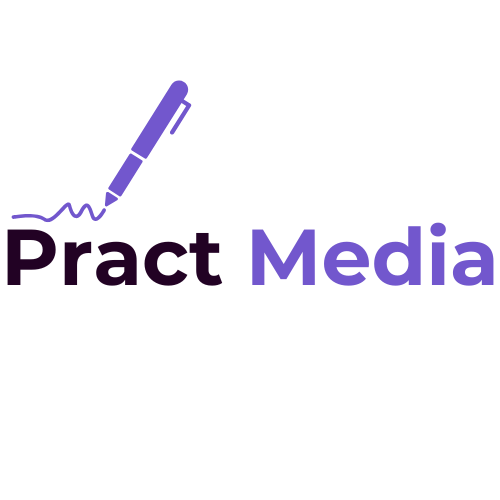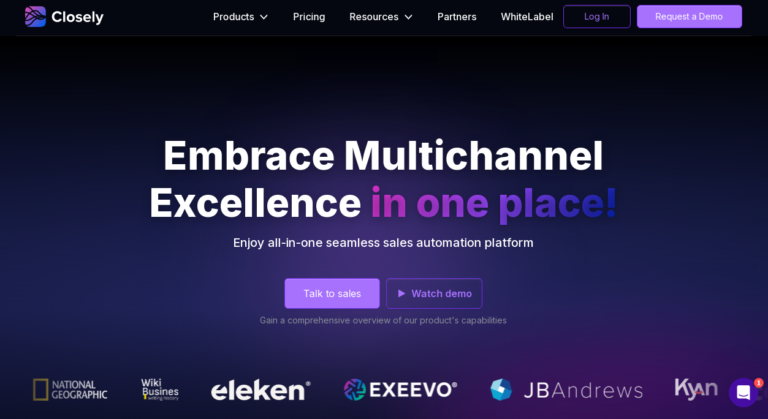How to Learn Lead Generation: A Comprehensive Guide
Lead generation attracts and converts strangers and prospects
into someone who has indicated an interest in your company’s product or service.
In today’s competitive market,
learning how to generate leads is essential for any business looking to grow.
Whether you’re a B2B or B2C business,
mastering lead generation can be the difference between success and failure.
In this comprehensive guide,
we’ll break down the fundamentals of How to learn lead generation,
explore various strategies, and provide actionable insights
to help you start generating high-quality leads for your business.
Understanding Lead Generation
What is Lead Generation?

Lead generation refers to attracting potential customers
to your business and increasing their interest through nurturing to convert them into paying customers.
This process is crucial because it helps create a consistent pipeline
of prospects that can eventually become revenue.
Why is Lead Generation Crucial for Businesses?
Lead generation is critical for business growth because
it helps you reach potential customers who may not have known about your business.
Generating leads ensures a steady stream of potential clients,
which is essential for maintaining and growing revenue.
Types of Leads
Marketing Qualified Leads (MQLs)
MQLs are leads that have shown interest in your product
or service based on marketing efforts but aren’t ready to purchase yet.
They may have downloaded an e-book, attended a webinar,
or subscribe to your newsletter.
Sales Qualified Leads (SQLs)
SQLs are leads vetted by your marketing team and deemed ready to talk to the sales team.
These leads are more likely to convert into paying customers.
Product Qualified Leads (PQLs)
PQLs are leads that have used your product and have shown interest in becoming paying customers.
This is common in businesses offering free trials or freemium versions of their products.
The Lead Generation Process
Research and Identify the Target Audience
Understanding who your target audience is forms the foundation of your lead generation strategy.
Research your ideal customer’s demographics, interests,
pain points, and behaviors to create a profile that will guide your efforts.
Create Buyer Personas
Buyer personas are semi-fictional representations of your ideal customers.
They help you better understand your audience
and tailor your lead-generation strategies to meet their needs.
Develop a Lead Magnet
You offer potential customers a valuable lead magnet in exchange for their contact information.
Examples include free e-books, webinars, or discount codes.
The key is to ensure that your lead magnet addresses a specific pain point for your audience.
Lead Generation Strategies

Content Marketing
Content marketing involves creating and sharing valuable content to attract and convert prospects into customers.
This can include blog posts,
videos, podcasts, infographics, and more.
The goal is to provide value and establish your brand as an authority in your industry.
Social Media Marketing
Social media platforms are powerful tools for lead generation.
You can attract potential leads and guide
them through your sales funnel by sharing engaging content,
running targeted ads, and interacting with your audience.
Email Marketing
Email marketing remains one of the most effective lead-generation strategies.
By building an email list and sending targeted campaigns,
you can nurture leads and move them closer to making a purchase.
Search Engine Optimization (SEO)
SEO is essential for driving organic traffic to your website.
By optimizing your website and content for search engines,
you increase the chances of attracting high-quality leads who are searching
for solutions that your business offers.
Pay-Per-Click Advertising (PPC)
PPC advertising allows you to reach potential leads quickly
by placing ads on search engines and social media platforms.
You only pay when someone clicks on your ad, making it a cost-effective way to generate leads.
Webinars and Online Events
Hosting webinars and online events can be an excellent way to generate leads.
By providing valuable information and engaging with your audience,
you can build trust and capture leads who are interested in your expertise.
Tools for Lead Generation
CRM Software
Customer Relationship Management (CRM) software helps you manage interactions with current and potential customers.
It allows you to track leads, manage sales pipelines,
and automate follow-ups.
Email Marketing Tools
Email marketing tools like Mailchimp or ConvertKit help you manage your email campaigns,
automate sequences and track performance,
making it easier to nurture leads.
Analytics Tools
Analytics tools like Google Analytics or HubSpot help you measure
Your lead generation efforts can be successful by providing insights into your website traffic,
user behavior, and conversion rates.
Lead Capture Tools
Lead capture tools like OptinMonster or SumoMe help you create forms and pop-ups that capture leads on your website.

These tools integrate with your CRM and email marketing platforms to streamline your lead-generation process.
Content Marketing for Lead Generation
Blogging
Blogging is a cornerstone of content marketing.
Creating valuable, SEO-optimized content can attract organic traffic and convert visitors into leads.
Focus on writing posts that answer common questions or solve problems for your audience.
E-books and Whitepapers
E-books and whitepapers are long-form content pieces
that provide in-depth information on a particular topic.
Offering these as lead magnets can help you capture high-quality leads interested in your expertise.
Case Studies
Case studies showcase how your product or service has helped other customers.
They provide social proof and can be a powerful tool
in convincing potential leads to take the next step.
Infographics
Infographics are visually appealing and easily digestible.
They can help you communicate complex information quickly and are highly shareable on social media,
making them great for lead generation.
Social Media and Lead Generation
Choosing the Right Platforms
Not all social media platforms are created equal.
Focus on the platforms where your target audience spends the most time.
For example, LinkedIn is ideal for B2B lead generation,
while Instagram may be better for B2C.
Creating Engaging Content
Social media is all about engagement.
Post content that resonates with your audience,
whether it’s through humor, education, or inspiration.
Engaging content encourages shares, comments,
and likes, which can help you reach a broader audience.
Using Paid Social Media Ads
Paid ads on social media platforms allow you to target specific demographics,
making it easier to reach potential leads.
Experiment with different ad formats and messaging
to see what resonates best with your audience.
but in the beginning, I don’t recommend going through paid ads
Because that asks for an expensive budget
just start with social media until you get some clients and get some extra cash
then, you can decide which platform you want to use for paid advertising
SEO and Lead Generation
Keyword Research

Keyword research is the foundation of any successful SEO strategy.
Use tools like Google Keyword Planner
or Ahrefs to identify keywords your target audience is searching
for and incorporate them into your content.
On-Page Optimization
On-page optimization involves optimizing your website’s content,
meta tags, and images for search engines.
This helps search engines understand your content and rank it higher in search results,
driving more organic traffic to your site.
Building Backlinks
Backlinks are links from other websites to your content.
They are a critical factor in SEO,
as they signal to search engines that your content is authoritative and trustworthy.
Focus on building high-quality backlinks from reputable sites in your industry.
Email Marketing for Lead Generation
Building an Email List
An email list is one of the most valuable assets for lead generation.
Start by creating opt-in forms on your website and offering lead magnets to encourage visitors to subscribe.
Crafting Effective Email Campaigns
Your email campaigns should be targeted and relevant to your audience.
Segment your list based on interests, behavior,
or demographics, and tailor your messaging to each segment.
Using Email Automation
Email automation lets you send targeted messages to leads at the right time.
Set up automated sequences to nurture leads,
deliver content, and move them through your sales funnel.
Paid Advertising for Lead Generation
Google Ads
Google Ads allows you to target potential leads actively searching for solutions your business offers.
By bidding on relevant keywords,
you can drive high-quality traffic to your website.
Social Media Ads
Social media ads like Facebook or Instagram allow you to target specific demographics and interests.
They are highly customizable,
making it easy to reach your ideal audience.
Retargeting Campaigns
Retargeting campaigns target users who have previously visited your website but did not convert.
These ads remind them of your offer and encourage them to take action.
Measuring Success in Lead Generation
Key Metrics to Track
To measure the success of your lead generation efforts,
track key metrics such as conversion rate,
cost per lead, and customer acquisition cost.
These metrics will help you understand your strategies’ performance and where to improve.
Tools for Analytics and Reporting
Tools like Google Analytics, HubSpot, or Salesforce provide detailed insights into your lead generation efforts.
Use these tools to monitor performance,
track ROI, and make data-driven decisions.
Common Mistakes in Lead Generation
Not Defining a Target Audience
One of the biggest mistakes in lead generation is not defining a clear target audience. Without a defined audience,
your efforts may be scattered and less effective.
Ignoring the Importance of Follow-Up
Failing to follow up with leads can result in lost opportunities.
Implement a follow-up strategy to stay engaged
with your leads and move them closer to a purchase.
Overlooking the Power of Content
Content is king in lead generation.
If you’re not producing valuable, relevant content,
you’re missing out on a significant opportunity to attract and convert leads.
Advanced Lead Generation Techniques
Lead Scoring
Lead scoring is a method of ranking leads based on their readiness to purchase.
By assigning points to actions taken by leads (such as visiting your website or downloading a lead magnet),
you can prioritize high-quality leads for your sales team.
Account-Based Marketing (ABM)
ABM is a strategy in which marketing and sales teams collaborate to target specific accounts rather than a broad audience.
This approach is efficient for B2B companies looking to generate high-value leads.
AI and Automation in Lead Generation
AI and automation tools can streamline your lead-generation process by automating repetitive tasks,
predicting lead behavior, and personalizing your outreach.
These technologies can help you scale your efforts and improve efficiency.
Conclusion
Learning lead generation is essential for any business looking to grow and succeed in today’s competitive market.
By understanding the fundamentals, implementing effective strategies,
Utilizing the right tools can create a consistent pipeline of high-quality leads to drive your business forward.
Start by defining your target audience, creating valuable content,
and leveraging various channels to reach potential leads.
Remember, lead generation is not a one-time effort
but an ongoing process that requires continuous optimization and refinement.
FAQs
What is the most effective lead generation strategy?
The most effective lead generation strategy depends on your business and audience. However,
content marketing and SEO are often highly effective as they attract organic traffic and provide long-term results.
How long does it take to see results from lead generation?
Lead generation is a long-term strategy,
and it can take anywhere from a few weeks to several months to see significant results.
Consistency and optimization are crucial to success.
What is the difference between inbound and outbound lead generation?
Inbound lead generation focuses on attracting leads through content and value-driven strategies.
In contrast, outbound lead generation
involves reaching out to potential leads through cold calling and email outreach.
How do I know if my lead-generation efforts are successful?
Success in lead generation can be measured by tracking key metrics such as conversion rates,
cost per lead, and return on investment (ROI).
Regularly analyzing these metrics will help you gauge the effectiveness of your efforts.
Can small businesses benefit from lead generation?
Absolutely! Lead generation is crucial for small businesses as it helps build a customer base and drives growth.
Small businesses can implement cost-effective lead-generation strategies
like content marketing and social media outreach even with a limited budget.







